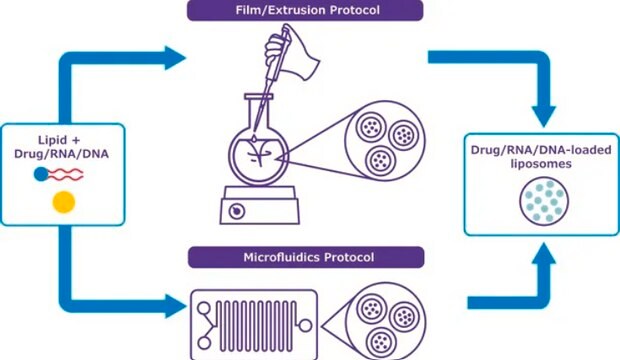T59803
Triethylene glycol dimethyl ether
ReagentPlus®, 99%
Sinonimo/i:
1,2-Bis(2-methoxyethoxy)ethane, Dimethyltriglycol, NSC 66400, Triglyme
About This Item
Prodotti consigliati
Densità del vapore
>4.7 (vs air)
Livello qualitativo
Nome Commerciale
ReagentPlus®
Saggio
99%
Stato
liquid
Temp. autoaccensione
375 °F
Limite di esplosione
8 %
Indice di rifrazione
n20/D 1.423 (lit.)
P. ebollizione
216 °C (lit.)
Punto di fusione
−45 °C (lit.)
Densità
0.986 g/mL at 25 °C (lit.)
Stringa SMILE
COCCOCCOCCOC
InChI
1S/C8H18O4/c1-9-3-5-11-7-8-12-6-4-10-2/h3-8H2,1-2H3
YFNKIDBQEZZDLK-UHFFFAOYSA-N
Cerchi prodotti simili? Visita Guida al confronto tra prodotti
Categorie correlate
Descrizione generale
Applicazioni
- Extracting solvent in a modified SA-HPSW (Supercritical Anti-Solvent with High-Pressure Solvent Wash) system.
- Solvent in the synthesis of passivated iron nanoparticles.
Note legali
Avvertenze
Danger
Indicazioni di pericolo
Consigli di prudenza
Classi di pericolo
Eye Irrit. 2 - Repr. 1B
Rischi supp
Codice della classe di stoccaggio
6.1C - Combustible acute toxic Cat.3 / toxic compounds or compounds which causing chronic effects
Classe di pericolosità dell'acqua (WGK)
WGK 1
Punto d’infiammabilità (°F)
235.4 °F - closed cup
Punto d’infiammabilità (°C)
113 °C - closed cup
Scegli una delle versioni più recenti:
Possiedi già questo prodotto?
I documenti relativi ai prodotti acquistati recentemente sono disponibili nell’Archivio dei documenti.
I clienti hanno visto anche
Il team dei nostri ricercatori vanta grande esperienza in tutte le aree della ricerca quali Life Science, scienza dei materiali, sintesi chimica, cromatografia, discipline analitiche, ecc..
Contatta l'Assistenza Tecnica.













